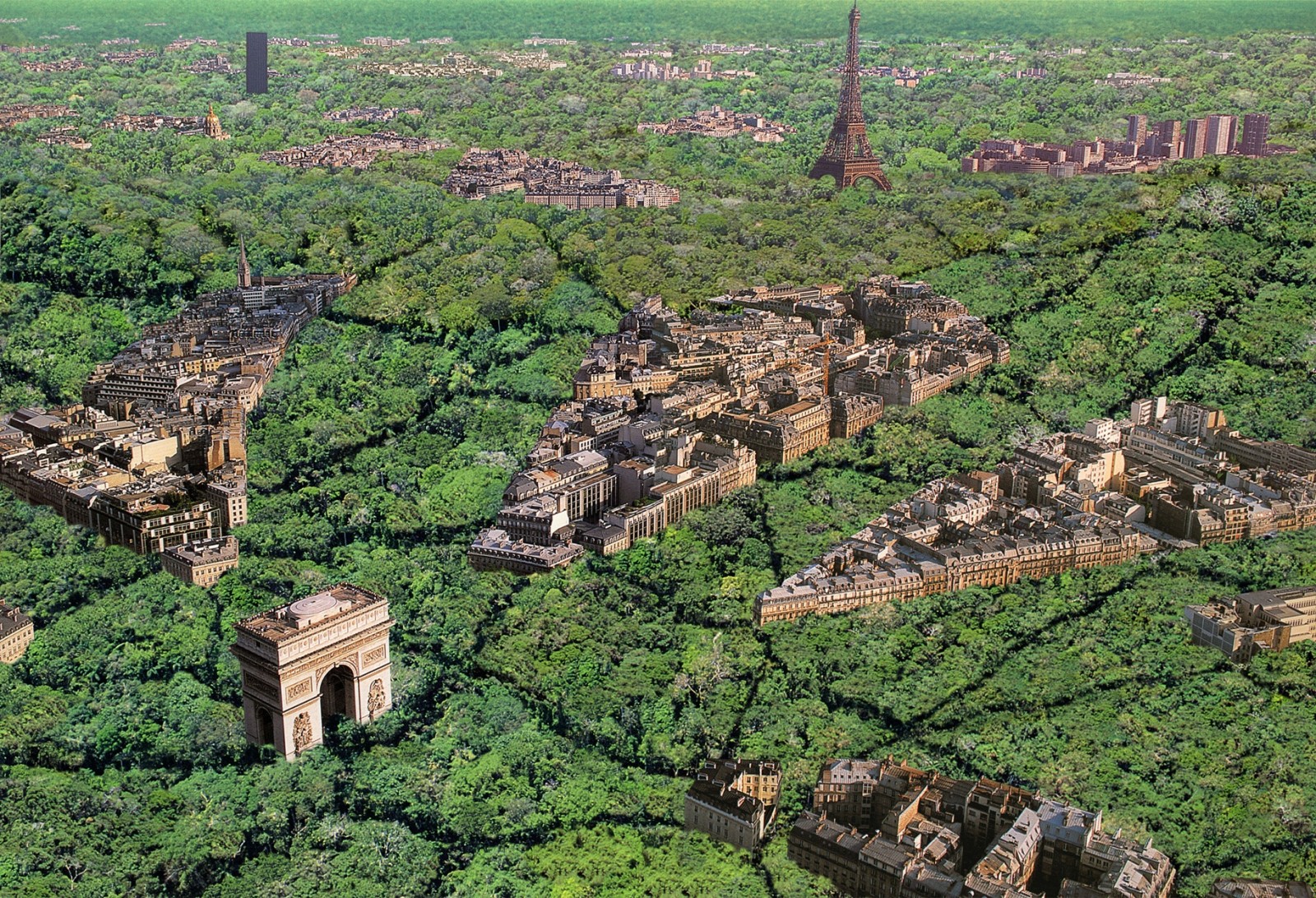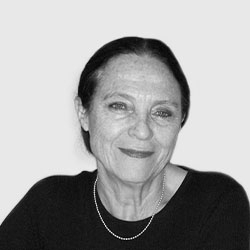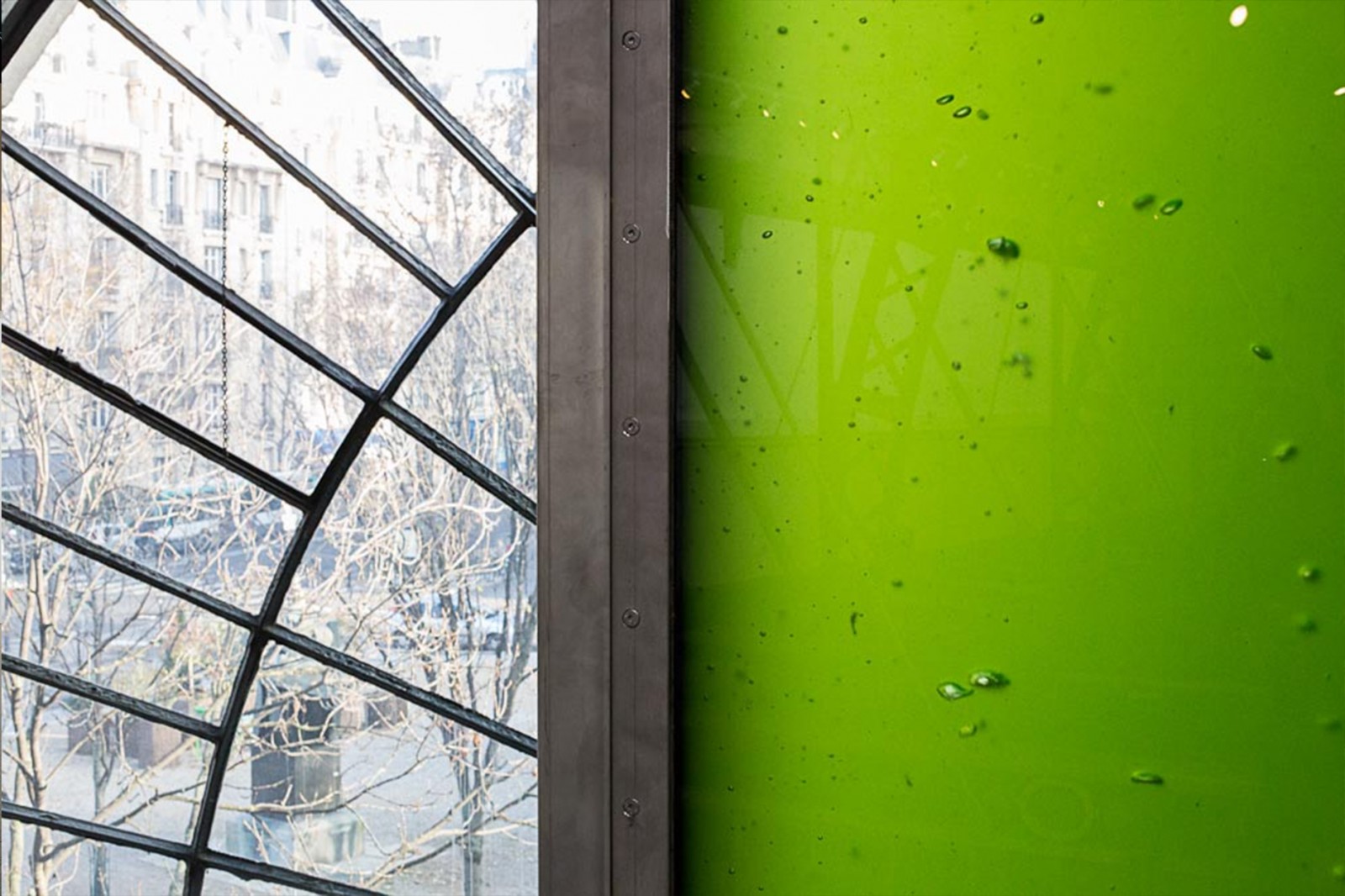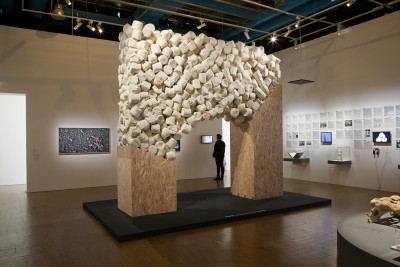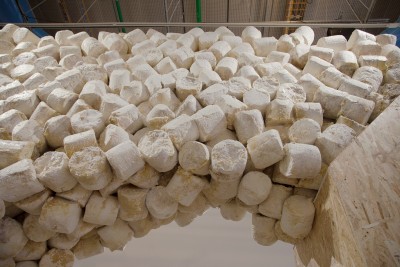"That’s the trouble with people, their root problem. Life runs alongside them, unseen. Right here, right next. Creating the soil. Cycling water. Trading in nutrients. Making weather. Building atmosphere. Feeding and curing and sheltering more kinds of creatures than people know how to count."
Richard Powers, L’Arbre-Monde[1]
Esthetics, which proceed from sensation, feeling, and cultural context, is a bringing into contact. It relates to something beyond duality, to correspondences between the microcosm and the macrocosm, to alliances between human beings and the universe, to a “poetic re-enchantment” that seems to have drifted away from the city. In his novel Desert, J.-M. G. Le Clézio draws a fierce description of a city that became unlivable: “The men can’t exist here, neither can children, nor any living thing.”[3] The men are afraid. “You can tell by the way they walk, sort of sidling along, hugging the walls, the way dogs with their hair bristling do. Death is upon them everywhere … they can’t escape.”[4] There is no life, no pity, no beauty, nor softness. “Maybe the wind is going to tear the roofs off the sordid houses, smash in the doors and windows, knock down the rotten walls, heave all the cars into a pile of scrap metal. It’s bound to happen, because there’s too much hate, too much suffering…”[5] This world will perish from a lack of beauty, love, light, and connection to the world.
For Le Clézio, beauty is the world of nature, trees, rocks, the sky, the wind, the river, and the sea, and especially that of light, and the sparks of sunlight that invigorate but can also scorch.[6]




